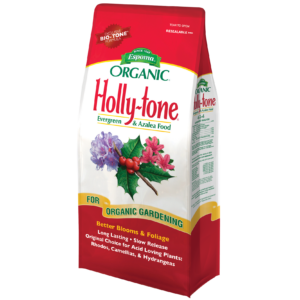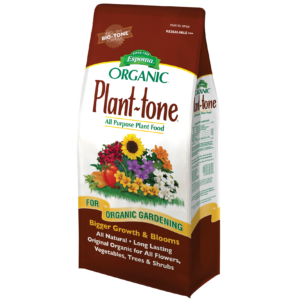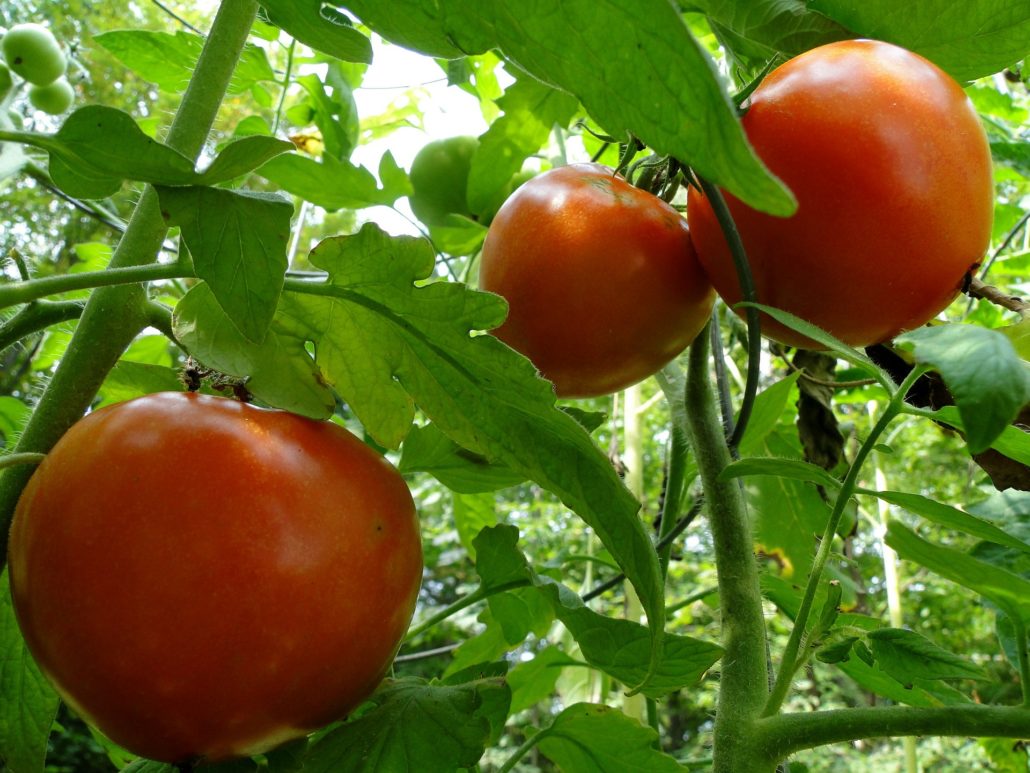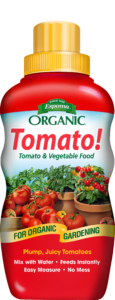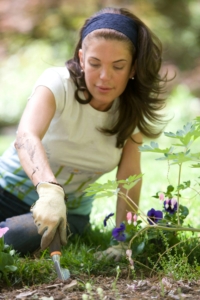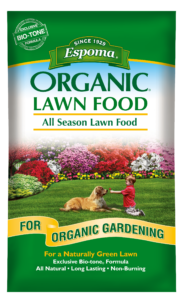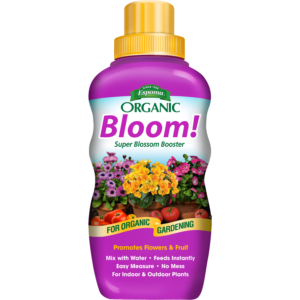5 Tips for Growing Veggies in a Drought
Summer brings the prime-time vegetable growing season and the delicious harvest of our fruit and vegetable gardens. But what happens when that summer heat gets a little too hot and leaves drought-prone areas high and dry?
Don’t stress — even though water is an essential component to vegetable gardening, there are plenty of ways to grow healthy, fresh veggies during dry times.
Try these low-water vegetable gardening tips for success all season long.
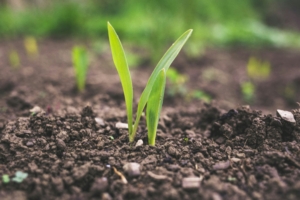
1) Build a Strong Base
When planting in dry conditions, amending your soil is crucial to success. Start with Espoma’s Bio-tone Starter Plus for big, healthy blooms. Then, add rich Espoma Organic Land & Sea Compost to the soil to increase water retention. After you have healthy soil as your base, be sure to add mulch. A 3-4” layer of mulch on top of your soil can reduce watering needs by up to 50 percent. Mulch keeps the soil cooler and traps moisture in the soil, instead of allowing it to evaporate.
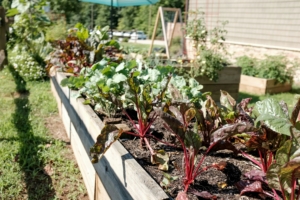
2) Strategic Planning
When it comes to drought-tolerant vegetable gardens, plan strategically. Raised bed gardens and containers retain moisture better than open gardens. Use Espoma Organic Raised Bed Mix for all your raised bed plantings to ensure your plants grow deeper roots, greener foliage, and more productive plants.
Instead of planting in straight rows, plant in a zig-zag or diamond pattern. With plants spaced out, their leaves create more shade and keep the soil cooler. Try companion planting, too. Pair plant varieties that work well together and benefit from each other.
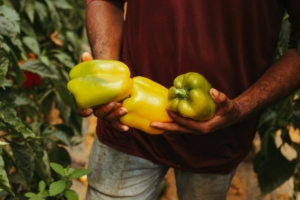
3) Drought-resistant veggies to consider planting during drier times:
- Eggplant
- Bell peppers
- Okra
- Artichoke
- Sweet potatoes
- Swiss chard
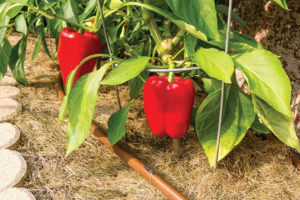
4) Be Water Wise
Some of the water used in overhead watering systems never makes it to the soil. Most of the water evaporates on the leaves before serving its purpose.
Instead, try a drip irrigation system for more efficient watering. Drip watering methods can use upwards of 70 percent less water by avoiding evaporation, runoff and wind. Soaker hoses are another water-saving alternative. Lay the hose across an especially dry patch of soil while small holes in the hose allow water to seep through to the soil.
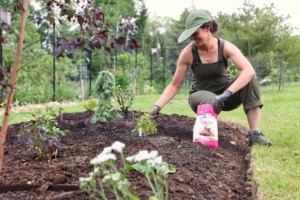
5) Time It Right & Keep Up with Maintenance
The time of day you garden matters, especially during drought. Water early in the morning or later in the evening when temperatures are cooler to reduce evaporation. Check soil moisture regularly and remove weeds, which compete with your veggies for water and nutrients. Prune back excess foliage if needed to help plants conserve energy and moisture. Staying on top of small tasks can make a big difference in helping your garden thrive through the heat.
Bonus Tip: If all else fails, move your garden indoors! Grow smaller varieties of vegetables in small spaces. While indoor vegetable gardens still need proper watering, the soil won’t dry as fast as it would in the hot summer sun.
*****
Love the heat and the sun? Learn more about succulent gardening here!
Featured Products:
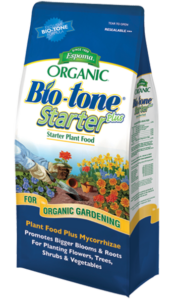
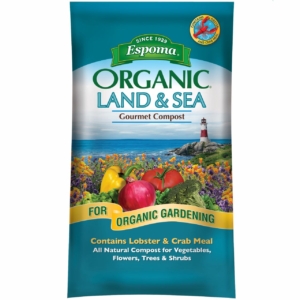
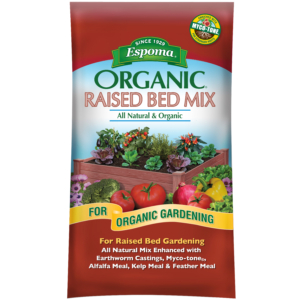


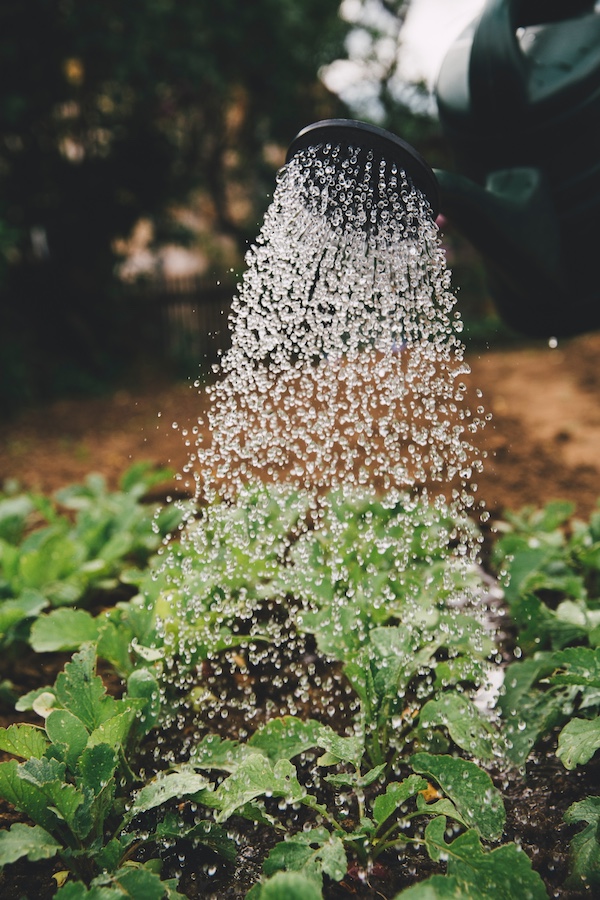
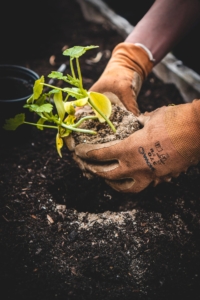
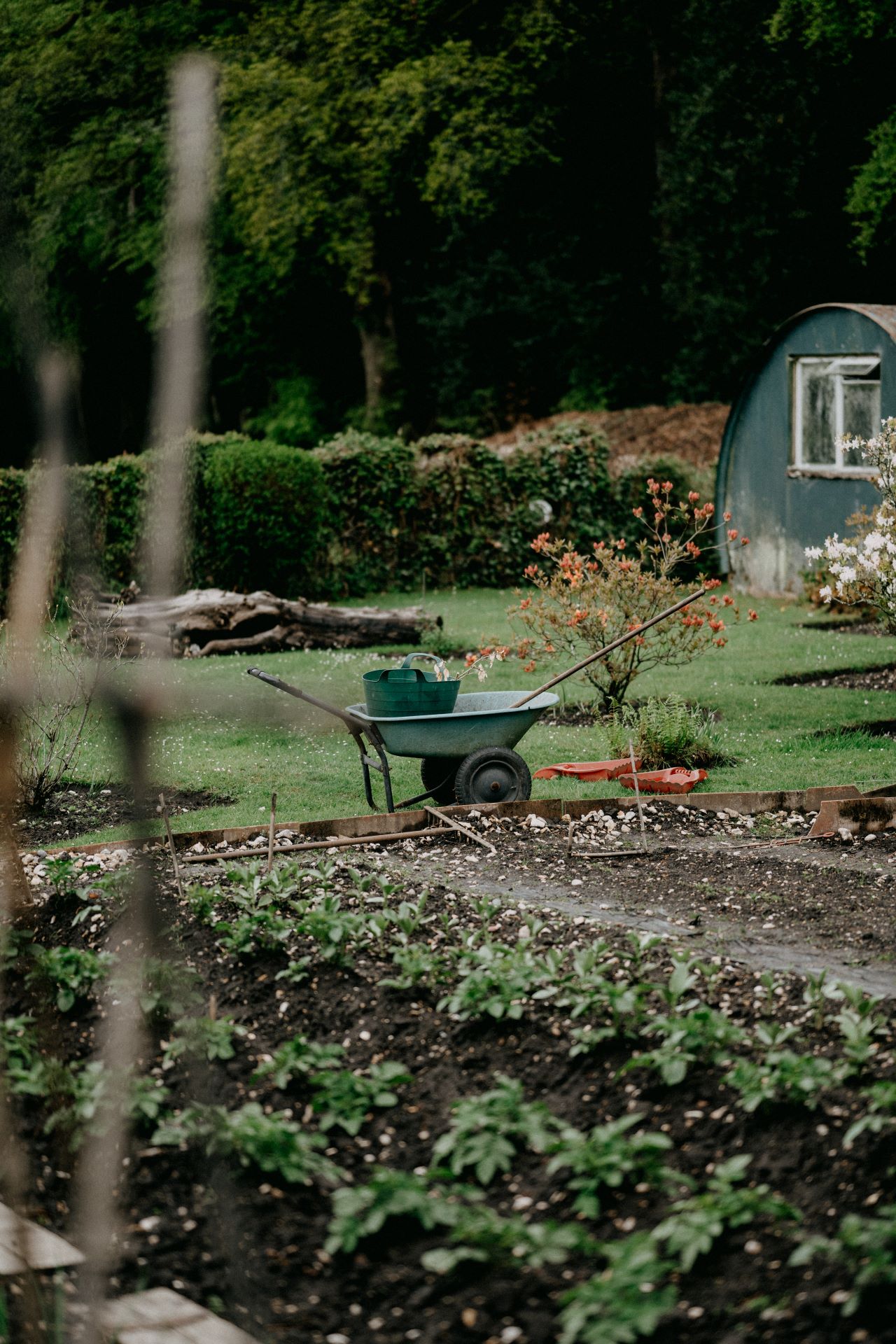
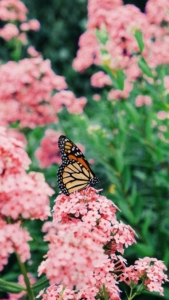
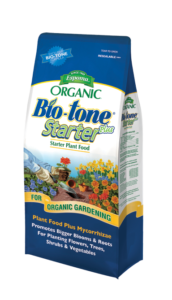
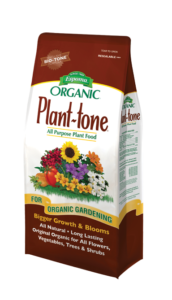
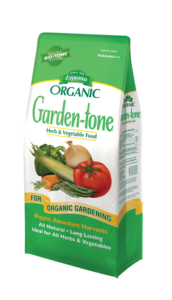

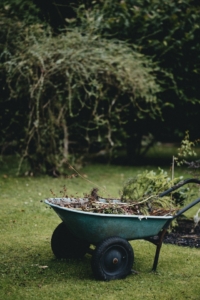
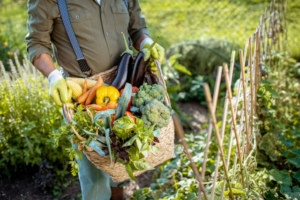


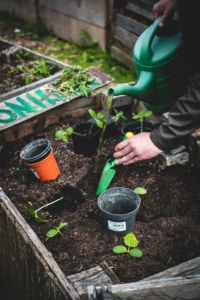



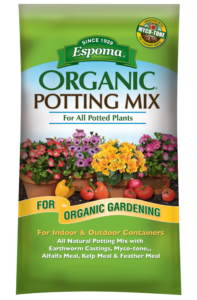

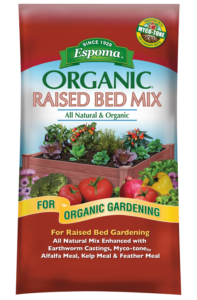
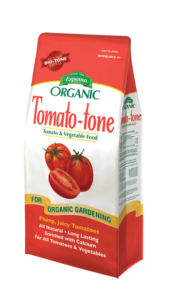
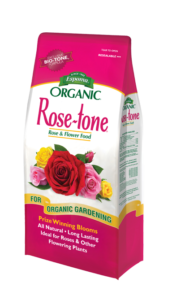
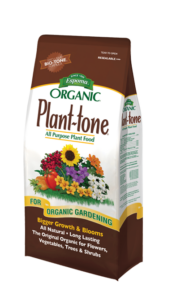


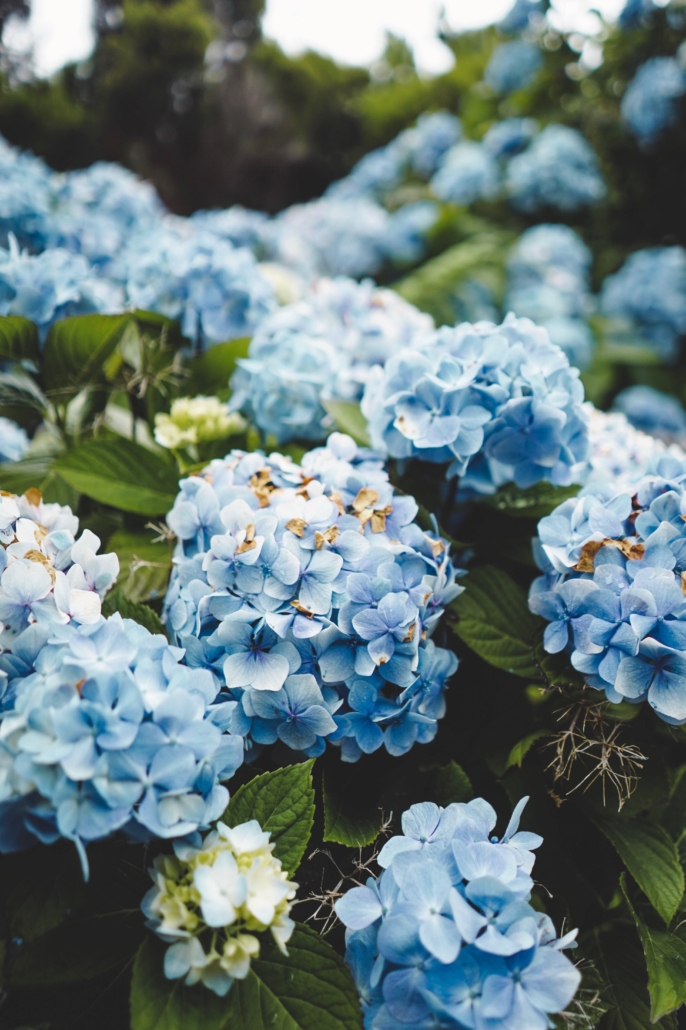
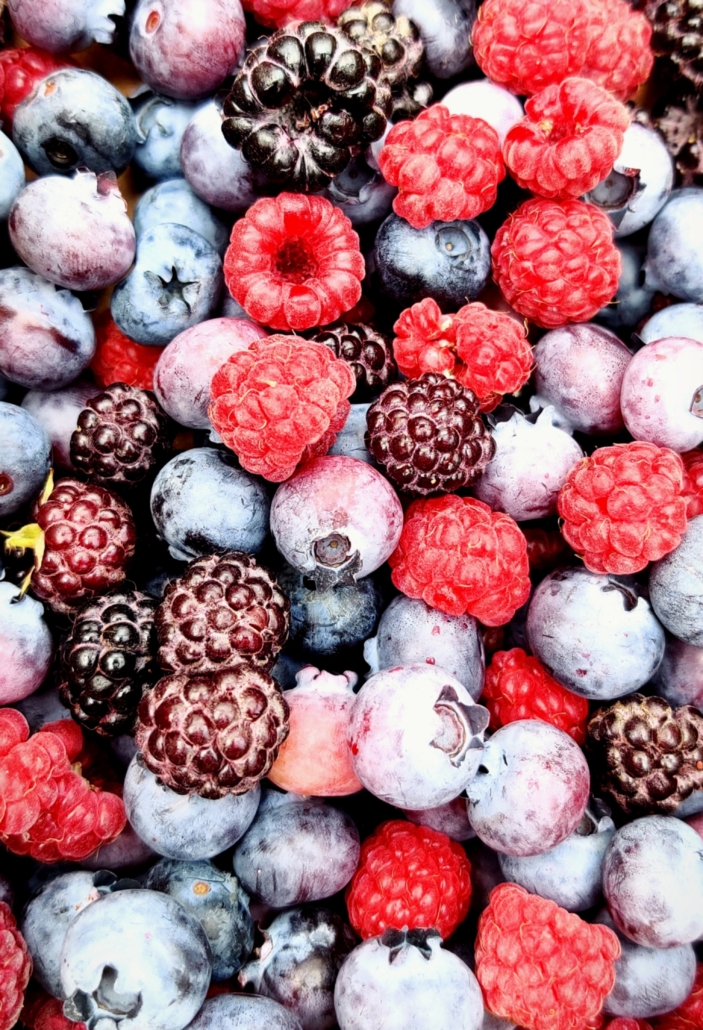

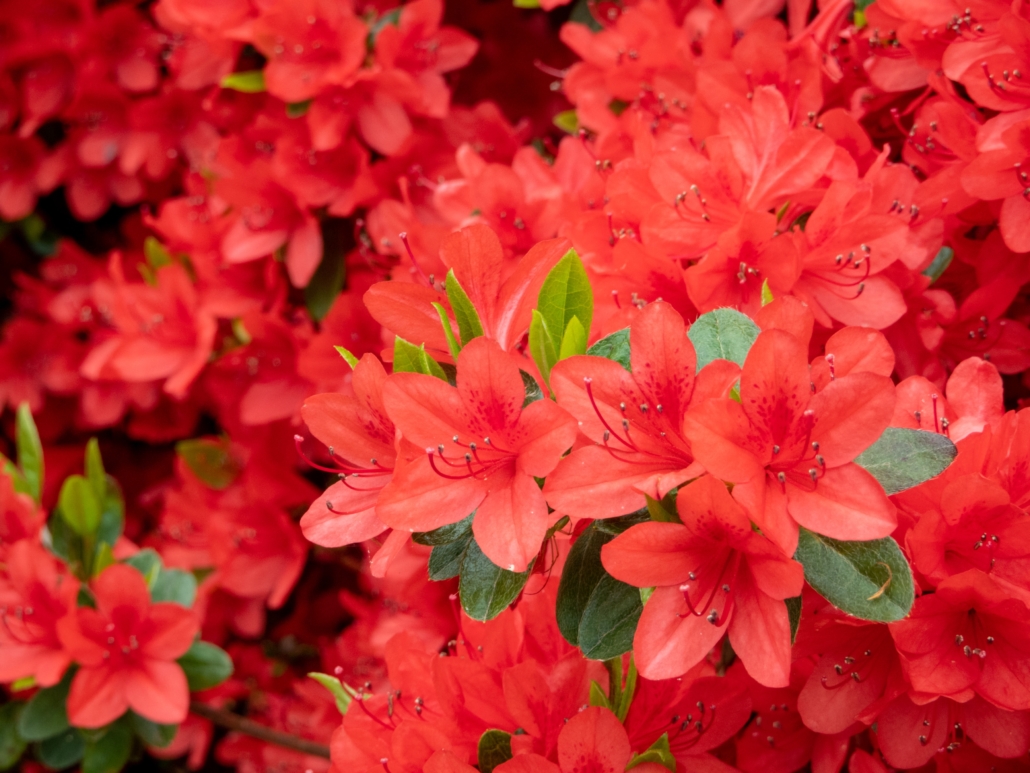



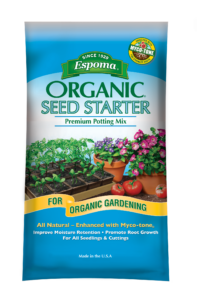
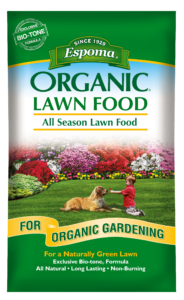
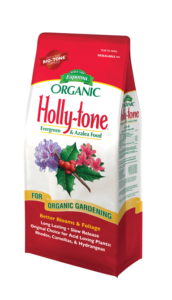
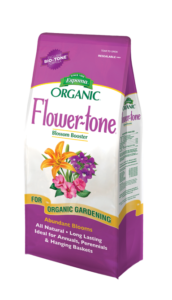

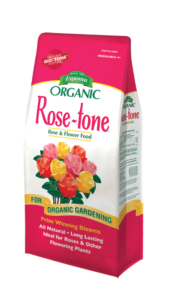

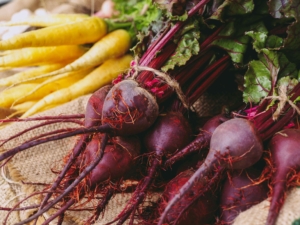
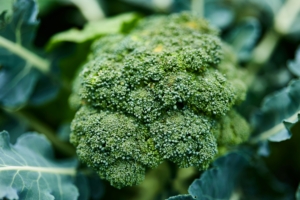
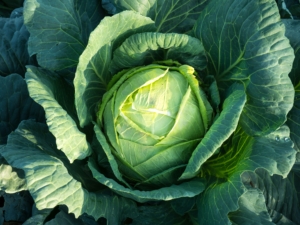
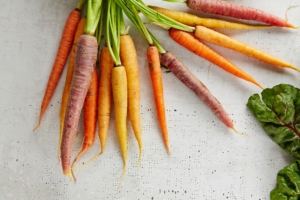


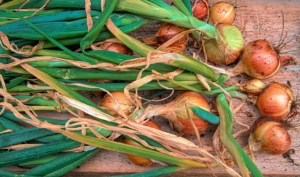
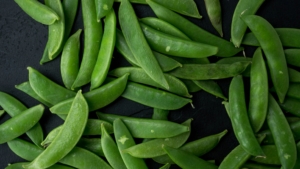
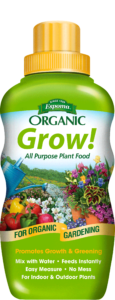
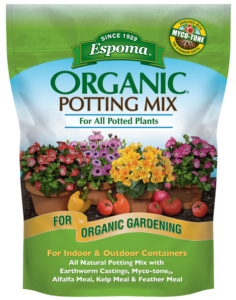

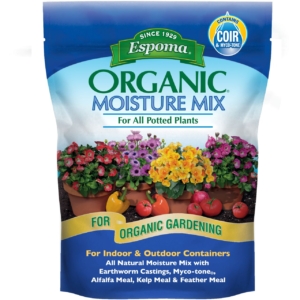
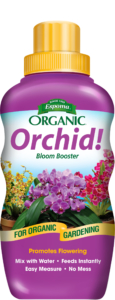


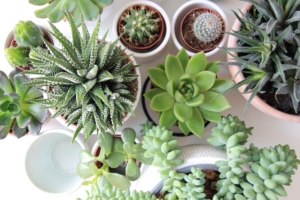

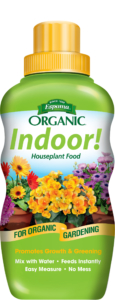
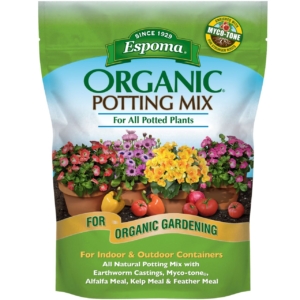

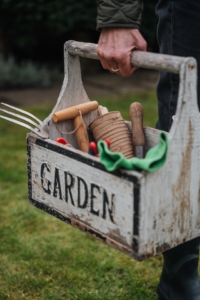
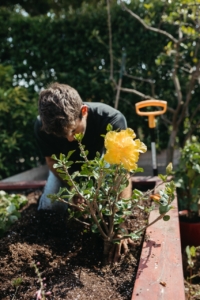
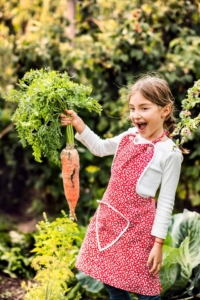



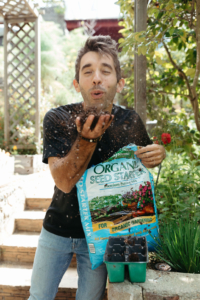
 Kids Course
Kids Course 